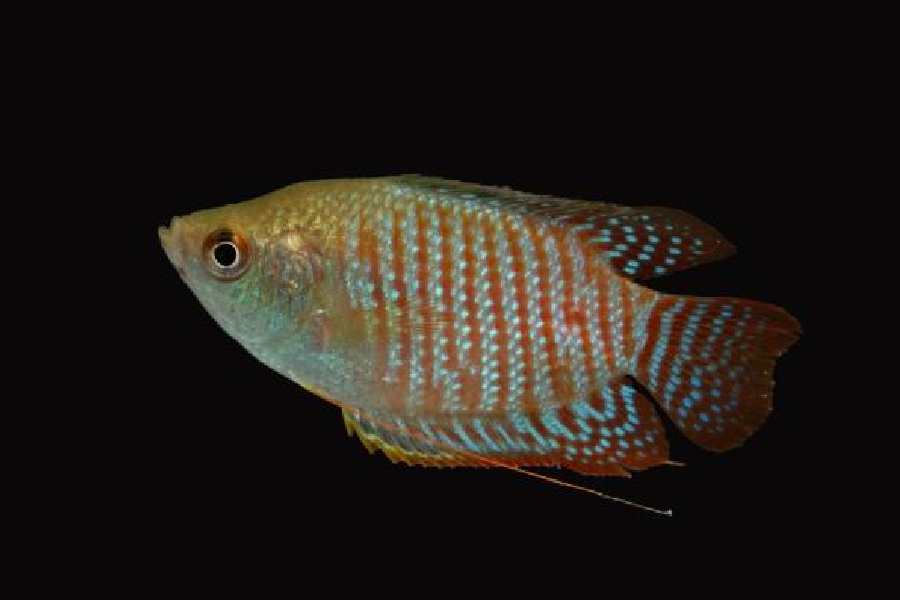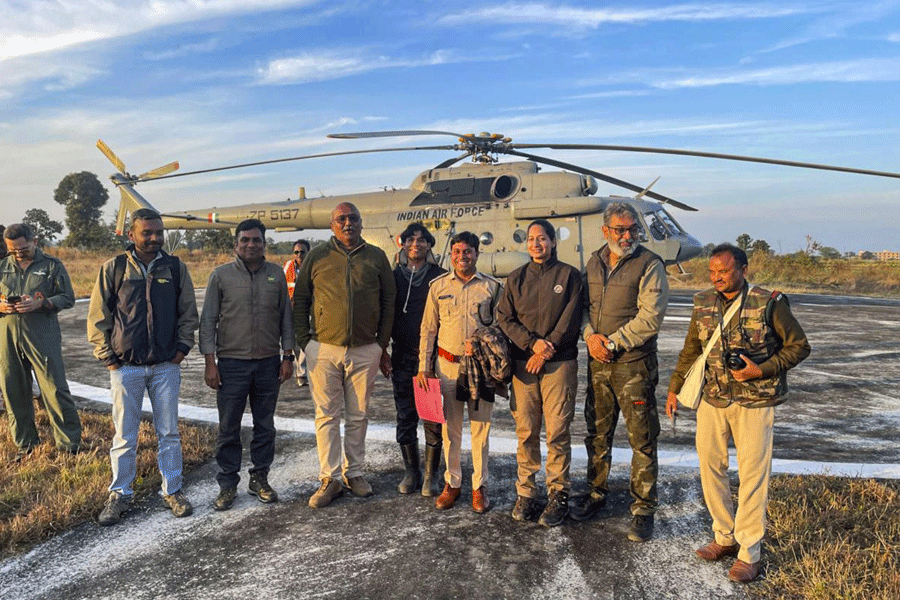The Kaziranga National Park (KNP) has 77 species of freshwater fish and 108 species of amphibians and reptiles, according to a survey conducted by the KNP and Wildlife Institute of India.
A KNP statement said the survey, conducted between July and September, revealed a “thriving world of fish, frogs, and reptiles”.
The findings declared on Thursday said there was “a rich assemblage” of 77 species of freshwater fish out of 216 indigenous fishes found in the state.
Overall, the Northeast has 422 native fish species.
The park also supports 108 species of amphibians and reptiles, which is over 50 per cent of the 274-plus herpetofaunal species found in the Northeast. This diversity of fish, amphibians and reptiles serve as key indicators of ecosystem health that play vital roles in maintaining ecological balance.
The surveys although rapidly undertaken mark a significant step toward deepening ecological understanding of the KNP.
A total of 44 fish species belonging to 18 families were recorded, with Cyprinidae and Danionidae emerging as the most dominant families. When combined with earlier research, Kaziranga’s overall ichthyofaunal diversity stands at 77 unique species, reaffirming its status as a key refuge for freshwater biodiversity in the Brahmaputra basin.
The report also highlights threats from climate change, siltation, hydrological changes, and unregulated fishing, while calling for long-term monitoring and stronger conservation measures.
Kaziranga’s aquatic systems are as vital as its grasslands and forests, reaffirming the park’s role as a living laboratory for freshwater biodiversity and a model for integrated wetland and floodplain management.
The report on the “Herpetofaunal Diversity at Kaziranga” presents the findings of the diversity of amphibians and reptiles, collectively known as herpetofauna, in and around Kaziranga.
The survey recorded 31 species of herpetofauna, comprising 17 amphibians and 14 reptiles. Amphibians were found to be most abundant along forest trails and stream habitats, while reptiles showed greater richness in stream zones.
“In addition to the visual survey, the study included AI-based (passive acoustic monitoring) to capture amphibian calls in potential breeding habitats. This non-invasive bioacoustic approach helped document species richness patterns across different habitat types and demonstrated the effectiveness of acoustic methods for amphibian monitoring,” the statement said.
The report consolidates both new and historical records, bringing the total checklist of herpetofaunal species in Kaziranga to 108, including threatened species such as the King Cobra (Ophiophagus hannah), Assam Roofed Turtle (Pangshura sylhetensis), and Asian Brown Tortoise (Manouria emys).










